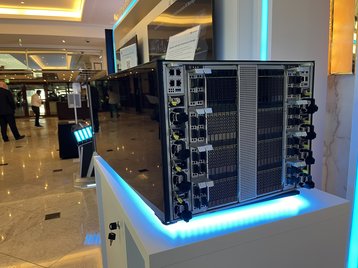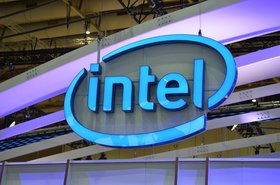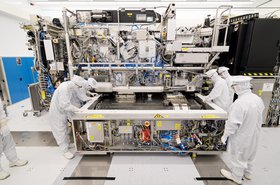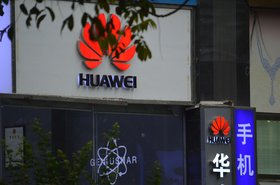Huawei has unveiled the OceanStor A800, an AI-specific storage product that forms part of the company’s OceanStor family of data storage solutions, in addition to a new high-capacity solid-state drive (SSD) and an AI-specific update to the company’s data management engine (DME).
Both products were announced at the company’s annual Innovative Data Infrastructure forum, currently taking place in Berlin.
During his keynote speech, Peter Zhou, president of data storage product line, Huawei, said that as generative AI has exploded over the last few years, it has disrupted traditional storage solutions and caused issues with performance, reliability, and scalability.
To deal with these challenges, Zhou said Huawei was seeking to “redefine data storage” by innovating across six different areas, which include performance, data resilience, new data paradigms such as retrieval-augmented generation (RAG) technology, scalability, sustainability, and data fabric, for example improving the capabilities of storage metadata management.
It is these innovations that Zhou said had led to the development of the A800.
The solution can scale out to EB-level capacity with up to 512 controllers and a maximum of 4,096 computing cards. Zhou said that the A800 is also Huawei’s most energy-efficient storage solution to date, offering a storage density of 1PB per U (rack unit) and an energy efficiency of 0.7 watts per TB.
It supports three new data paradigms, vector index, tensor data, and RAG, has data fabric capabilities that facilitate data asset management, and has built-in ransomware detection which Huawei says has 99.99 percent accuracy.
According to Huawei, the A800 also increases AI cluster utilization by 30 percent and provides four times the Gbps and eight times IOPS than an unnamed ‘peer vendor’s’ equivalent storage solution.
“The purpose of the A800 is mainly for high-performance NAS (network-attached storage) because NAS as a data paradigm is widely being used for generative AI,” he said. “Also, the A800 supports new data paradigms like vector and also tensor, therefore it can more efficiently organize the data for GPU learning to keep improving the efficiency of the AI system.”
Speaking to the media after his keynote speech, Zhou said that the architecture of the A800 was “totally different” from previous Huawei storage solutions, such as the OceanStor Dorado, which uses the Von Neumann computational architecture.
Instead, the A800 combines card holder plane, control plane, and data plane architecture which Zhou said allows the solution to make sure there’s no data mobility which could result in wasted energy and efficiency. However, he did confirm that Huawei was still using ARM-based CPUs in its storage solutions.
In addition to the A800, Huawei also announced a new high-capacity SSD solution which the company says can provide 128TB capacity per disk, while consuming 88 percent less storage space and 92 percent less energy per PB of data when compared to another unnamed peer vendor’s SSD solution.
Meanwhile, an update to the company’s DME dubbed the ‘Omni-Dataverse global file system’ will make enterprise data assets “visible, manageable, and mobile” across regions, allowing organizations to create an AI data lake storage foundation.







